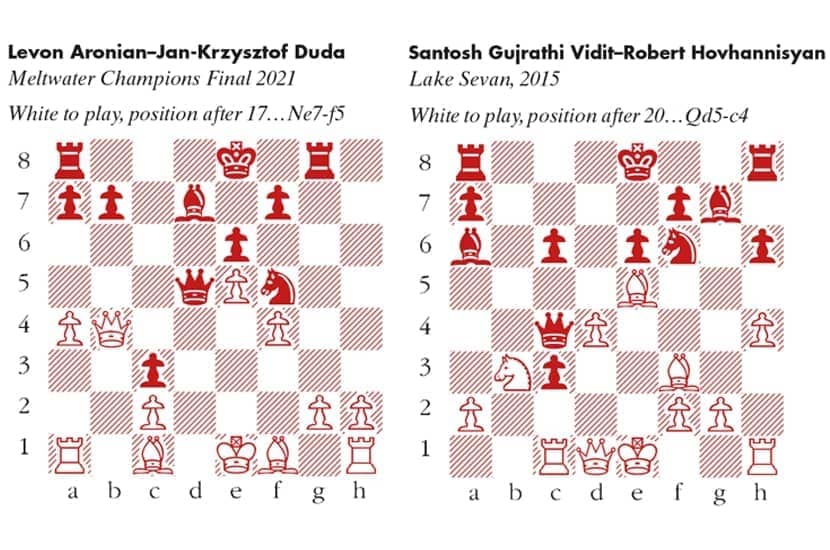The hero pauses, plays the move, and announces ‘Checkmate!’ The villain crumples in shock. It’s a scene played out countless times on screen, but it so often looks ludicrous. In slow games between skilled players, checkmate on the board is much rarer than resignation. Occasionally, when the denouement is brisk and elegant, it will be played out to a finish. But in those cases, volunteering for the guillotine is a sporting gesture from the vanquished party.
More often, the final phase of a chess game isn’t much of a spectacle. Extra piece, mop up some pawns, promote a pawn, hunt down the king, yadda yadda yadda. There’s no harm in playing it out, particularly if you think your opponent might stumble into a stalemate. But after a while, that phase is all just paperwork — it’s easier to concede defeat and move on.
In younger days I once flattered myself that at least when I was beaten, I would always have the grace to see the checkmate before it arrived. I am no longer so optimistic. After all, the world champion Vladimir Kramnik walked into a mate in one when playing a match against the ‘Deep Fritz’ computer program in 2006. (Back then, man vs machine was not a foregone conclusion).
What is curious is that Kramnik was in no sense under duress — he did not feel tired or hurried, and was calling the shots for most of the game. Among several more examples of grandmasters blundering into mate in one, this apparent lack of danger is a common backstory. Nigel Short once suffered a comparable accident, playing against Maia Chiburdanidze in 1985. The checkmate pattern was banal, but it seemed to come out of nowhere. Nobody expects a manhole in the countryside.
Most of the time, grandmasters tread more carefully — sometimes too carefully. Facing Alexander Beliavsky in 1992, Short carefully sidestepped a minor trick, which actually didn’t work, only to walk into a mate, which did. Ten years later, in the same city, Beliavsky himself was the victim, walking into a freak mate in a queen endgame against Leif Erlend Johanessen, from Norway.
The first diagram is taken from a game played in the Meltwater Champions Final earlier this month. Levon Aronian thought for some minutes before playing the worst conceivable move.
Levon Aronian–Jan-Krzysztof Duda (see diagram above left)
Meltwater Champions Final 2021
18 Ba3?? Qd2 mate
Of course, it was Aronian’s own move that created the mating possibility. It called to mind this blunder, from a top Indian grandmaster in 2015.
Santosh Gujrathi Vidit–Robert Hovhannisyan (see diagram above right)
Lake Sevan, 2015
Safe options include 20 Na5, or 20 Be2. But the subtle 20 Rh3??, played after a few minutes’ thought, met with an unsubtle response: 20…Qf1 mate. Sometimes, life does imitate art, even when there is little art in it.






Comments